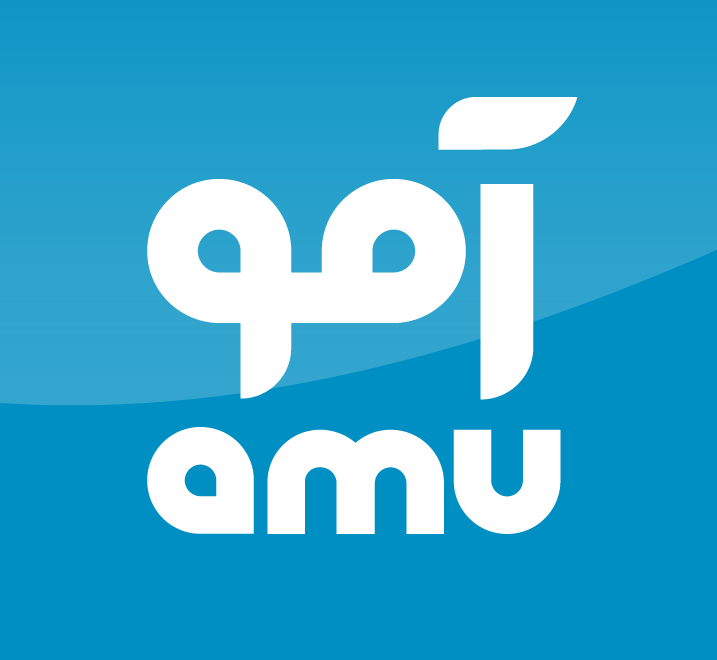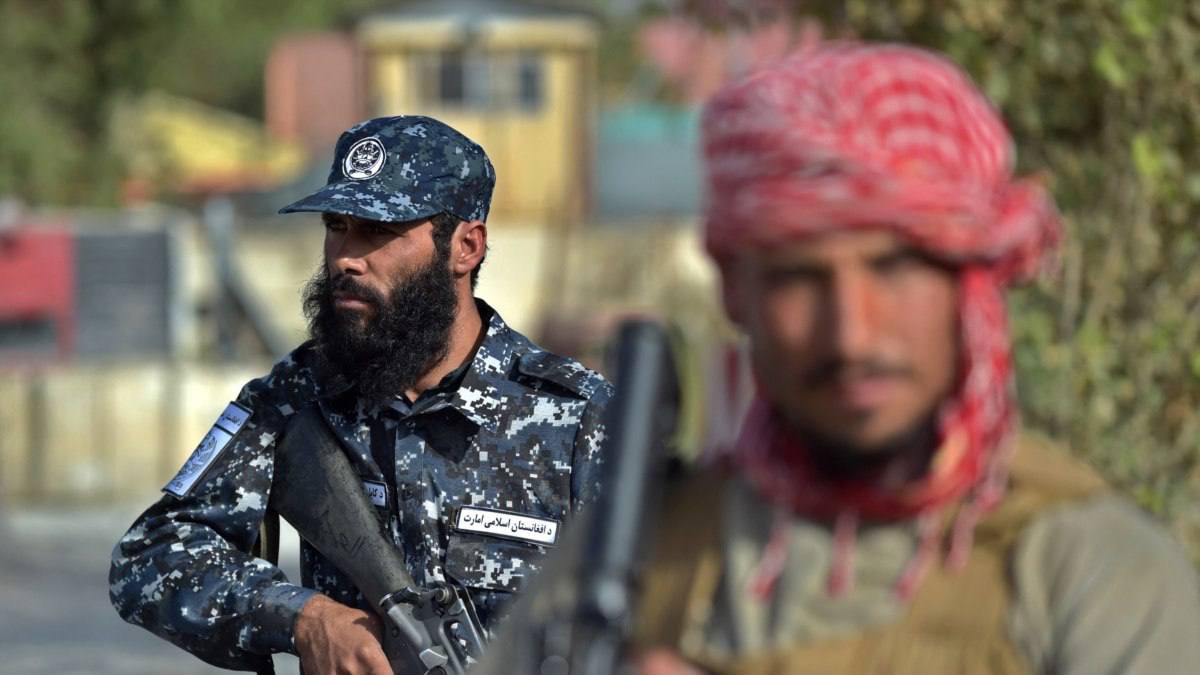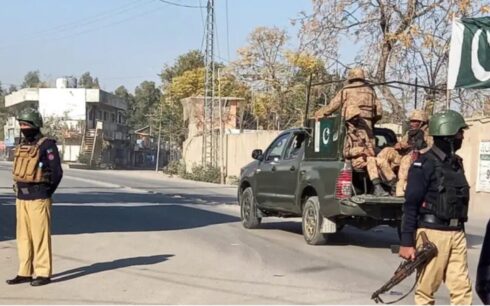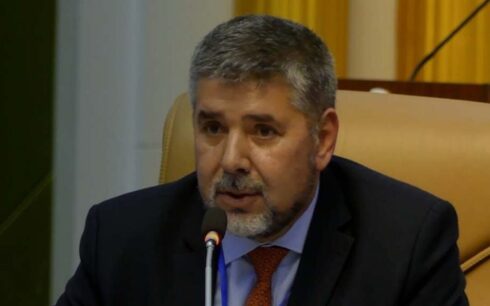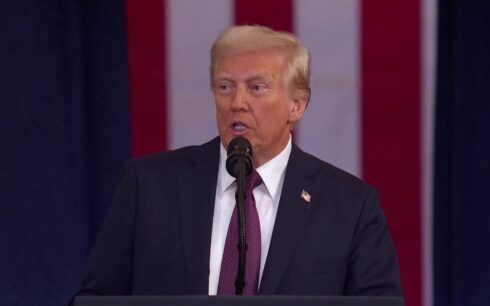The media approach of the Taliban has changed markedly since their first governance of Afghanistan (1996 to 2001). Previously concentrating on controlling and limiting traditional media, they now leverage digital platforms and communicate in several languages, employing psychological techniques. At this point, it’s beyond mere propaganda; they are actively searching for followers worldwide.
Afghanistan’s 20 years of progress and accomplishments, especially in the areas of democracy and the media, were overshadowed by the Taliban’s retake of power in August 2021. In addition to their military and political strategies, their media strategies were essential in their resurgence. The Taliban have historically used censorship and propaganda to strengthen their hold on power and sway public opinion. But as social media and digital technologies have grown in popularity, they’ve had to change their approach and now use these platforms for both recruiting new members and spreading propaganda.
The evolution of the Taliban’s media strategy over time is examined in this article. It looks at whether their current strategies are a whole new approach or merely modernized iterations of their previous techniques. This article offers a greater knowledge of how the Taliban use media as a weapon for regime and control by looking at the historical background, important elements of their strategy, and several case examples.
Historical context: Taliban’s traditional media tactics
Strict censorship and control were key components of the Taliban’s media policy during their first rule (1996–2001). They disseminated their beliefs through state-approved platforms like Radio Sharia and outlawed independent media outlets. According to Human Rights Watch (2001), Radio Sharia became the primary source of information for many Afghans, disseminating news, propaganda, and religious decrees. This one-way communication style, which reflected the Taliban’s overarching governing philosophy, was intended to impose conformity and quell dissent.
The Taliban’s early media strategy also involved using printed materials and sermons to reinforce their interpretation of Islamic law and their own laws. One of their well-known tactics was distributing Shabnamas (literally “night letters”). These handwritten or printed leaflets were distributed covertly, often at night in villages, mosques, and schools, to intimidate, warn, or influence local populations (Johnson, 2007).
As Thomas H. Johnson explains in Taliban Narratives: “Shabnamas were a powerful psychological warfare tactic. They typically contained threats against government workers, journalists, women defying Taliban-imposed dress codes, and civilians collaborating with foreign forces. Some Shabnamas served as recruitment tools, using religious rhetoric to call young men to jihad, while others imposed strict moral guidelines, banning music, education for girls, or Western influence.”
For example, a 2006 Shabnama found in Kandahar read: “To those who work with the infidel government, we know who you are. The Islamic Emirate will not forgive betrayal. Stop your work, or face divine punishment” (Johnson, 2007).
These night letters were effective in spreading fear and compliance, especially in rural areas where people had limited access to alternative sources of information.
Shabnamas were a potent instrument for manipulating narratives in the past, but these days, rather than surreptitiously hiding notes under doors, they utilize Facebook, Telegram, and X (Twitter) to rapidly distribute their ideas and reach a much wider audience. Their latest tool for spreading threats or gaining followers is encrypted chat apps.
Primarily, though, their strategy hasn’t altered. It still revolves around controlling what people see and hear, intimidating others, and disseminating false information. The Taliban has modernized its strategies, as evidenced by the move from Shabnamas to social media, but its fundamental objective is still to influence public opinion and silence those who dared to voice their opinions. It serves as a reminder that although the instruments have changed, their purpose remains eerily similar.
Key components of the Taliban’s modern media strategy
- Social media presence
The Taliban have joined the digital world, using platforms like Facebook, Telegram, and X (Twitter) to disseminate propaganda, make announcements, and showcase their military might. With top-notch films, infographics, and posts in several languages that are intended to appeal to both domestic and international audiences, their social media presence is remarkably polished (BBC, 2021). Compared to their prior reliance on traditional media, this is a substantial change.
Taliban members are also active on social media, sharing photos, videos, and even livestreams to project an image of a regime that supports media freedom and open expression. However, this narrative is contradicted by their actions. On October 14, 2024, a Taliban leader declared that “taking photos and recording videos is a sin” and banned members from doing so. Despite this, the group continues to share a variety of images on social media, including photos of Western girls, highlighting the inconsistency between their words and actions.
During their 2021 offensive, the Taliban used social media to provide real-time updates on territorial gains, creating a sense of inevitability around their advance. This strategy not only demoralized Afghan security forces but also eroded public trust in the government (The New York Times, 2021). Their ability to weaponize social media underscores how they’ve modernized their tactics while staying true to their goal of controlling narratives and shaping perceptions.
- Multilingual outreach
The Taliban have expanded their propaganda to include Arabic, English, and other languages because they realize the influence of global opinion. In order to defend their acts and reach a worldwide audience, they post statements, interviews, and articles on their English-language website, Voice of Jihad (Al Jazeera, 2021). With a focus on Western audiences, this strategy emphasizes their attempts to impact global attitudes and transcend regional boundaries. The Taliban want to legitimate their activities and influence public opinion in their favor by crafting propaganda that will reverberate on a global scale.
- Control of traditional Media
The Taliban immediately tightened its hold on traditional media, such as radio and television stations, after retaking control of Afghanistan in 2021. Although a few independent media have been allowed to stay open, journalists are subject to severe limitations, and self-censorship has become commonplace in order to prevent reprisals (Reporters Without Borders, 2022). The Taliban’s effort to control information and stifle opposition is consistent, as evidenced by this crackdown, which is reminiscent of their tactics from the 1990s.
It has had a disastrous effect on Afghanistan’s media situation. Women journalists have been prohibited from working altogether, and dozens of media outfits have been forced to close. Reporters Without Borders claims that “the media landscape has been decimated since the Taliban’s return to power in August 2021.” 43 percent of Afghan media outlets vanished in three months. Eight out of ten female journalists have been compelled to quit their jobs, and more than two-thirds of the 12,000 journalists who were employed in the nation in 2021 have left the field (Reporters Without Borders, 2022). In addition to silencing dissenting opinions, these actions have largely undone the advancements in gender equality and media freedom over the previous 20 years.
- Psychological warfare
Psychological warfare is an essential part of the Taliban’s propaganda strategy, which aims to create terror and a sense of power. To frighten opponents and establish authority, they regularly distribute images of military operations, public executions, and statements by their leaders (The Guardian, 2021). This use of propaganda based on fear is consistent with their long-standing strategies, which are to undermine opponents and uphold their power.
Their psychological tactics extend beyond Afghanistan’s borders. For example, on January 26, 2025, Mohammad Nabi Omari, the Taliban’s deputy interior minister, issued a chilling warning, claiming that “they could kill their opponents abroad for less than 500 Pakistani rupees” (Hasht e Subh Daily, 2025). The purpose of this type of discourse is to make its adversaries, wherever they may be, feel vulnerable.
The Taliban have also started using technology to enhance their psychological warfare. To harm reputations or stir terror, they utilize AI-powered photo generators to produce modified images of their targets, which are then widely shared on social media. In order to spread propaganda, harass opponents, and further their psychological warfare efforts, they also set up phony social media accounts under different aliases. These strategies show how the Taliban have adjusted to new technologies while sticking to their fundamental approach of instilling fear and intimidation in order to accomplish their objectives.
Taliban’s media strategy and its consequences on international security
Significant effects result from the Taliban’s use of digital tools and social media, impacting not only Afghanistan but trends in global security.
Global security is also significantly impacted by the Taliban’s propaganda tactics. Their use of social media helps them coordinate with other extremist groups in addition to recruiting fighters for jihadist purposes. They exacerbate the global threat of terrorism by inspiring radical forces globally with their image of success and power. Additionally, the spread of propaganda based on fear; such as threats against foreign countries or political personalities in exile, contributes to the instability of areas outside of Afghanistan. Since the Taliban can operate internationally with little physical infrastructure and relative anonymity thanks to their internet presence, their digital outreach is becoming a bigger problem for counterterrorism efforts.
A new approach or old tactics?
Although the Taliban’s media strategy has adopted contemporary methods and techniques in response to the digital era, its core objectives have remained constant. Although the group’s employment of high-tech propaganda, social media, and multilingual outreach represents a tactical shift, these strategies ultimately accomplish the same goals as its previous dependence on Radio Sharia: to stifle dissent, dominant narratives, and consolidate power. The Taliban’s goal is always the same, whether they employ conventional tactics or state-of-the-art technology: to control public opinion and stifle dissent both inside and outside of Afghanistan.
- New Elements
- Digital Sophistication:
The Taliban have demonstrated a level of digital acumen that was lacking in their previous media endeavors by producing high-quality content, including expertly edited movies, infographics, and aesthetically pleasing messages, and by skillfully utilizing social network algorithms. They may now reach a larger audience, spread their message, and keep up a strong online presence thanks to this change.
- Global Audience:
The Taliban has used platforms like Facebook, Telegram, and X (Twitter) together with multilingual content to reach audiences around the world. By doing this, they hope to legitimize their authority and win acceptance from the international community in addition to gaining sympathizers throughout the world.
B. Continuity of Old Tactics
- Censorship and Control: The Taliban’s approach to traditional media remains rooted in censorship and intimidation, mirroring their tactics from the 1990s.
- Propaganda and Fear: The use of propaganda and psychological warfare continues to be a cornerstone of their strategy.
Overall, the Taliban have had a strained relationship with the media. Since their takeover in August 2021, more than 200 media outlets have shut down, and dozens of Afghan journalists have lost their jobs or fled the country.
Conclusion
The Taliban’s ability to adapt while adhering to their fundamental goals is demonstrated by their media strategy, which combines both traditional and modern strategies. On the one hand, they have embraced the digital age by using social media, creating excellent content, and reaching out to audiences around the world in multiple languages. However, in order to control narratives and stifle dissent, they still employ conventional techniques of censorship, intimidation, and fear-based propaganda.
By using a dual strategy, the Taliban are able to successfully manipulate both conventional and contemporary communication channels, influencing attitudes both domestically and abroad. Their ability to combine traditional and innovative methods demonstrates their strategic adaptability and draws attention to the difficulties that journalists, decision-makers, and the global community face in containing their effect.
The Taliban’s media strategy will probably continue to change as long as they hold Afghanistan, implementing new tools and techniques to stay in power. Addressing this strategy’s effects on human rights, freedom of expression, and the larger geopolitical environment requires an understanding of it. In addition to addressing the Taliban’s use of contemporary instruments, efforts to fight their propaganda must also target the long-standing censorship and fear techniques that serve as the foundation for their control.
Nasratullah Taban is MA in Media Studies.
The views expressed in this article are those of the author and do not necessarily reflect the editorial stance of Amu.
